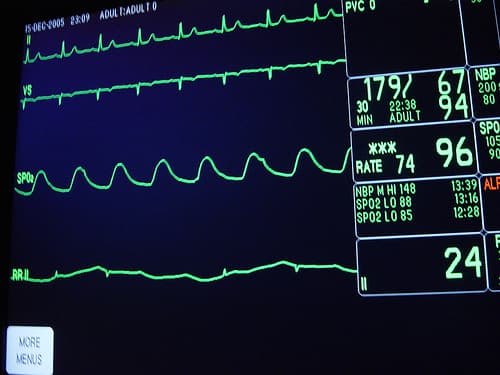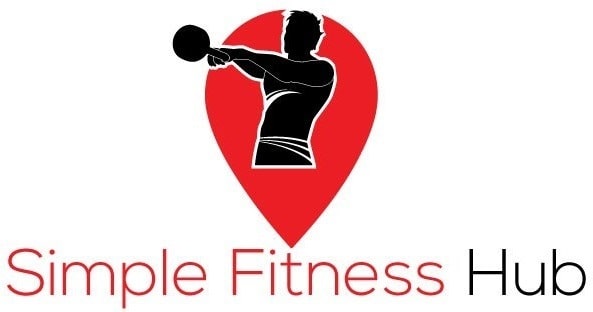
This difference between your heart rate when you are seated (or lying) and your standing heart rate is called you orthostatic heart rate.
Have you ever stood up too quickly from a seated position and felt dizzy or lightheaded? The reason is because your blood pressure drops due to gravity – your blood is pooling in the lower parts of your body.
However it would be rare that you pass out in this circumstance. Your central nervous system kicks things up a notch and raises your heart rate, typically 10-15 beats per minute (BPM). This increase in heart rate will get your blood moving and increase your blood pressure to an appropriate level.
Using a simple measurement of your orthostatic heart rate, you can gain insight into how your training program is going and figure out if you are overreaching or overtraining.
Orthostatic Heart Rate Measurement Procedure
First, I recommend that you establish a baseline that you can compare against over time. Pick a week when you will not be pushing yourself very hard, when you are feeling good, and have a limited amount of stress.
Every morning for one week do the following:
- Before getting out of bed, take a 60 second reading of your heart rate either with a heart rate monitor or by taking your pulse.
- Stand up and wait 15 seconds.
- Measure your standing heart rate for 60 seconds.
- Record all three measurements: Prone, standing, and the difference between the two (orthostatic).
This is your baseline.
Next, I suggest that you take a few more measurements – measure the morning after a particularly difficult training session, and then again the next day.
Most importantly, take some daily measurements if you are feeling the effects of a prolonged series of training sessions with little time for recovery, especially if you are showing some of the signs of overtraining.
What should you expect to see?
As I mentioned above, for a typical athletic person your baseline orthostatic heart rate will be about 10-15 BPM; however you mileage will vary depending on age, fitness level, etc.
What you will likely observe the day after a particularly difficult training session is a rise in your orthostatic heart rate as a result of your standing heart rate being higher. From my own testing this number was around 5 beats per minute higher than my baseline. If this number is even higher, you may be overreaching (on your way to being in an overtrained state).
The important case to watch out for is when you orthostatic heart rate goes way down and approaches zero. This is your body shifting into protective mode and putting a serious governor on your heart rate. With your nervous system clapping down on how fast it will let your heart beat, you may feel fatigued and you will certainly NOT be able to perform at your best.
While this would be a single data point, you should not ignore it – evaluate how hard you have been training, what type of stress is occurring in your life, and make the necessary adjustments.
